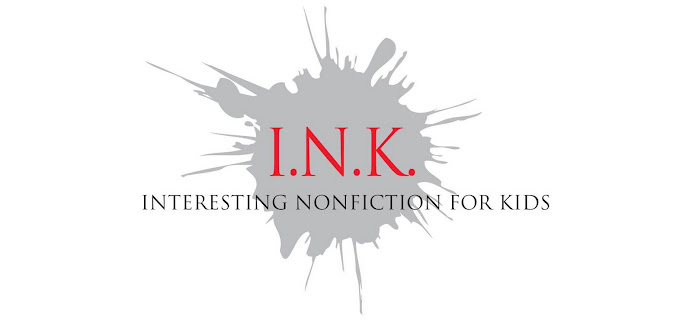A couple of excerpts:
“But here’s the thing. The reason science really matters runs deeper still. Science is a way of life. Science is a perspective. Science is the process that takes us from confusion to understanding in a manner that’s precise, predictive and reliable — a transformation, for those lucky enough to experience it, that is empowering and emotional. To be able to think through and grasp explanations — for everything from why the sky is blue to how life formed on earth — not because they are declared dogma but rather because they reveal patterns confirmed by experiment and observation, is one of the most precious of human experiences.”
“Science is the greatest of all adventure stories, one that’s been unfolding for thousands of years as we have sought to understand ourselves and our surroundings. Science needs to be taught to the young and communicated to the mature in a manner that captures this drama. We must embark on a cultural shift that places science in its rightful place alongside music, art and literature as an indispensable part of what makes life worth living.”
Greene points out that when science is taught in a bottom-up fashion — focusing on technical details, historical precedents, memorization of facts — students get bored. If we can try, instead, to communicate first some of the beauty and grandeur of what science has shown us about the world, many of those same students will be engaged and excited about physics, geology, or biology.
I agree with him, having experienced a few mind-numbing science classes in high school and college. I spent much of my childhood collecting fossils, building electric motors and making things oxidize explosively with my chemistry set. If science classes were boring for me, I can't imagine how someone who came to the subject with no previous interest might have fared.
It's interesting, though, to think about how a big-picture approach to science might work with young children.
 When my daughter was small, we took a trip to Canyonlands National Park in Utah. I wanted to show her the jaw-dropping view from an overlook above the Green River, where on a clear day it's possible to see perhaps 100 miles. I remember that she was not really interested in the view, but was fascinated with the pebbles on the ground in her immediate vicinity. This was something she could relate to, at a scale that was accessible to her.
When my daughter was small, we took a trip to Canyonlands National Park in Utah. I wanted to show her the jaw-dropping view from an overlook above the Green River, where on a clear day it's possible to see perhaps 100 miles. I remember that she was not really interested in the view, but was fascinated with the pebbles on the ground in her immediate vicinity. This was something she could relate to, at a scale that was accessible to her.
What I'm getting to is the idea that perhaps the best way to engage young children in science is to start small. Not with a lot of facts or technical information, but with details about extraordinary — or ordinary — things. It's the details that will pull them into the world of science and start them thinking (perhaps with our help) about how a lot of small pieces fit together to form a coherent picture of the world.

1 comment:
I agree with Steve. In fact, I've written four little books for kids 3-6 in a series called Science Play. In "I See Myself" a child learns why one sees onself in a mirror. In "I Get Wet" the child learns about the cohesive and adhesive properties of water. "I Fall Down" teaches that the bigger you are the harder you fall. And "I Face the Wind" is basically Newton's second law of motion. Despite wonderful reviews and a Seibert Honor, the series was discontinued. Science is a hard sell at any age.
Post a Comment